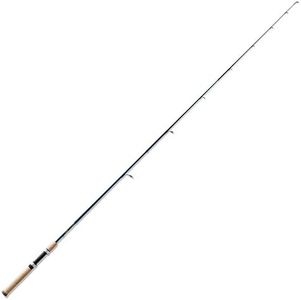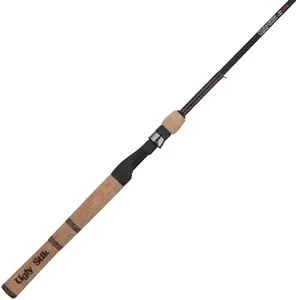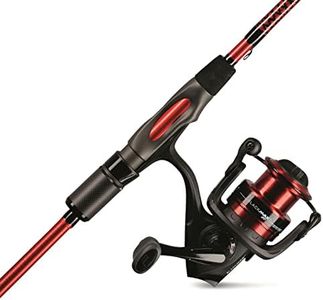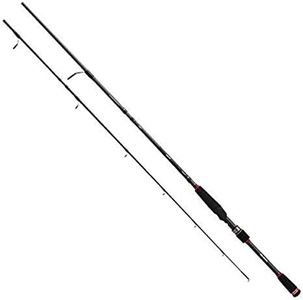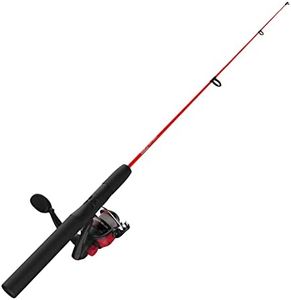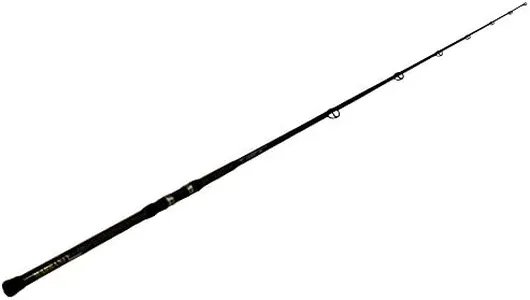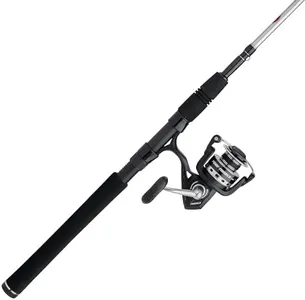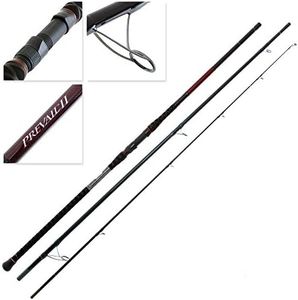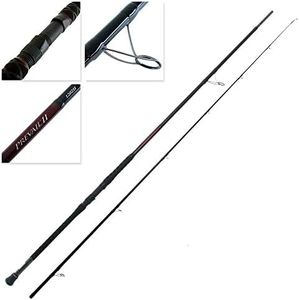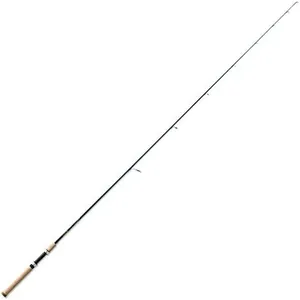We Use CookiesWe use cookies to enhance the security, performance,
functionality and for analytical and promotional activities. By continuing to browse this site you
are agreeing to our privacy policy
10 Best Spinning Rods
From leading brands and best sellers available on the web.By clicking on a link to a third party's website, log data is shared with that third party.
Buying Guide for the Best Spinning Rods
Choosing the right spinning rod can make your fishing experience much more enjoyable and successful. The perfect spinning rod will match the type of fishing you want to do, your experience level, and the kind of fish you’re aiming to catch. To find your ideal rod, it’s helpful to understand the key specifications—each affects how the rod feels in your hand, how it casts, what kinds of lures it can handle, and what fish you’ll be able to catch comfortably. By breaking down these specs, you’ll be able to narrow down the choices and select a spinning rod that suits your individual needs.Rod LengthRod length refers to the distance from the handle to the tip of the rod. This is important because it affects casting distance and the control you have over the rod. Shorter rods, those around 5 to 6 feet, offer more control and are great for fishing in tight spaces or when targeting small fish. Medium-length rods, about 6 to 7 feet, strike a balance between casting distance and accuracy, making them a popular choice for general use. Longer rods, 7 to 9 feet or more, allow you to cast farther and work better in open water or from shore. To pick the right length, think about where you’ll be fishing—confined creeks call for shorter rods, big open lakes suit longer rods.
PowerPower describes how much force is needed to bend the rod. It ranges from ultralight to heavy. Ultralight power rods bend easily and are best for small lures and light fish, making them perfect for panfish or trout. Medium power rods are versatile and suitable for a range of species, striking a good balance between sensitivity and strength. Heavy power rods handle big lures and larger, stronger fish like bass or pike. Match the rod’s power to the size of the fish you expect to catch and the weight of the lure you'll be using.
ActionAction refers to where along the blank (the main part of the rod) it bends when pressure is applied. Fast action rods bend near the tip, providing quick hooksets and sensitivity, making them great for techniques that require detecting light bites. Medium or moderate action rods bend closer to the middle, which is helpful for casting longer distances and offers a bit more forgiveness when fighting fish. Slow action rods bend throughout most of their length, which is gentler on light lines and good for smaller species. Choose fast action for precision and sensitivity, moderate for versatile, all-purpose fishing, and slow for small, hard-fighting fish.
MaterialRods are typically made from graphite, fiberglass, or a combination. Graphite rods are lightweight and sensitive, letting you feel bites more easily, but they can be less forgiving and more prone to breaking under heavy load. Fiberglass rods are tougher and more flexible, making them great for battling larger, stronger fish and for beginners who may need the extra durability. Some rods blend both materials, trying to offer the best of both worlds. If you want maximum sensitivity and light weight, graphite is a strong choice; if durability and affordability matter more, consider fiberglass; a mix is good for all-around use.
Handle Type and MaterialThe handle is where you grip the rod and can be made from cork or EVA foam. Cork is comfortable, lightweight, and provides a good grip, even in wet conditions, but it can wear over time. EVA foam is more durable and resists damage, though some anglers find it less sensitive. Handle length also matters—long handles help with two-handed casting and leverage for big fish; short handles are better for one-handed casting and greater control with lighter rigs. Your choice should depend on comfort, personal preference, and the kind of fishing technique you plan to use.
Line and Lure Weight RatingsThese specs tell you the recommended range of fishing line strength and lure weight for the rod. Using line or lures outside this range can reduce casting performance or even damage the rod. Lighter ratings are ideal for small species and finesse techniques, while heavier ratings work for targeting bigger fish with larger lures or heavier lines. Always match these ratings to the type of fishing you’re planning, considering the average size of the fish and the style of bait or lures you intend to use.
